The gentle rhythm of water against weathered stone walls, historic buildings reflecting in serene canals, and the subtle echo of centuries-old commerce—there’s something uniquely charming about America’s historic canal towns. These waterway communities aren’t just relics of industrial innovation; they’re living museums where history seamlessly blends with modern amenities.
These picturesque destinations offer perfect weekend escapes filled with fascinating history, scenic waterfront dining, and unhurried atmospheres that feel worlds away from everyday life. Here is a list of 20 historic canal towns across America that deserve a spot on your travel itinerary.
New Hope, Pennsylvania
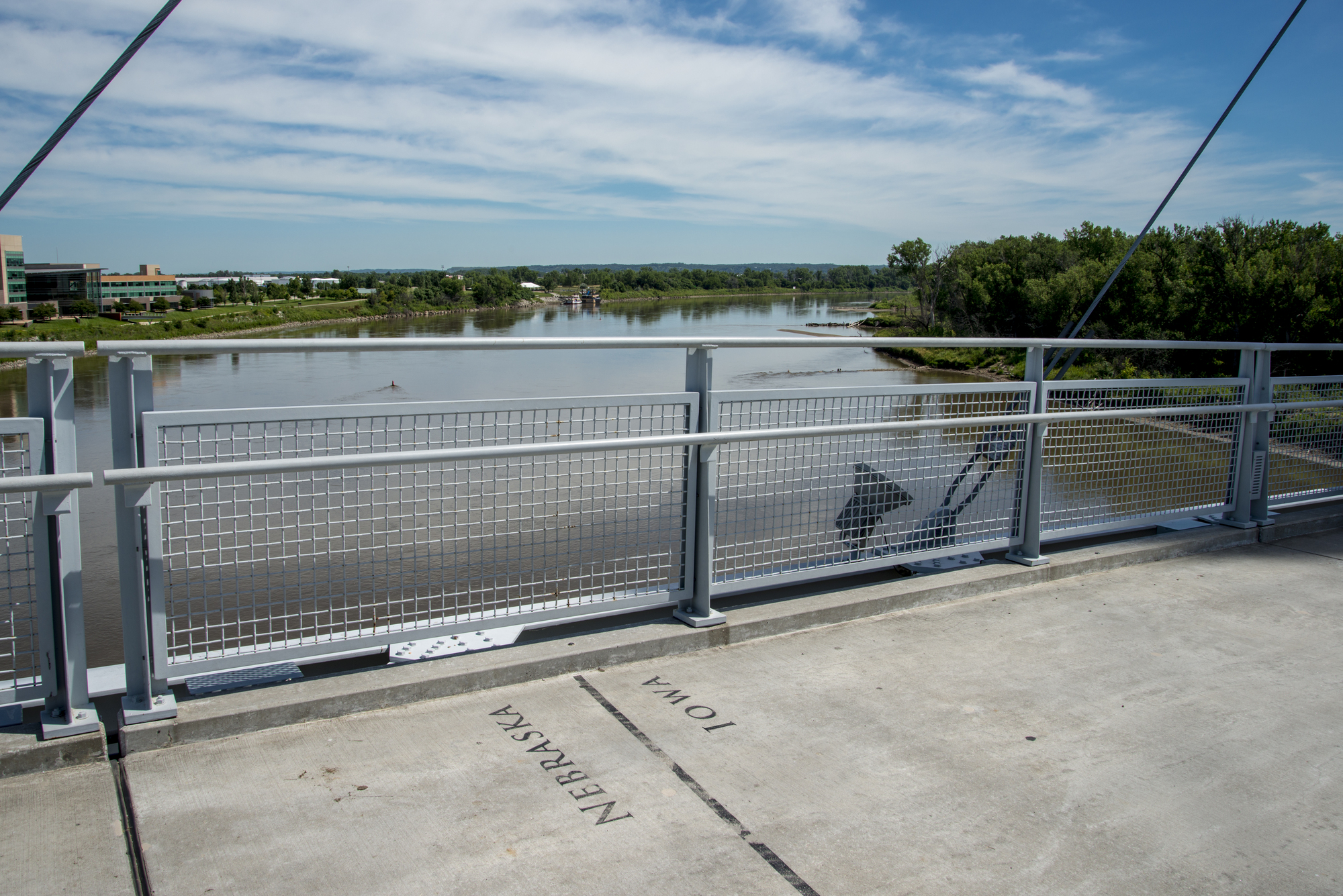
New Hope sits gracefully along the Delaware Canal, offering visitors an enchanting mix of colonial architecture and artistic energy. The town’s 19th-century towpath now serves as a scenic trail where visitors can stroll alongside historic locks and aqueducts.
Local artisans populate the downtown area, ensuring you’ll find one-of-a-kind treasures in the numerous galleries and boutiques.
Georgetown, Washington, D.C.
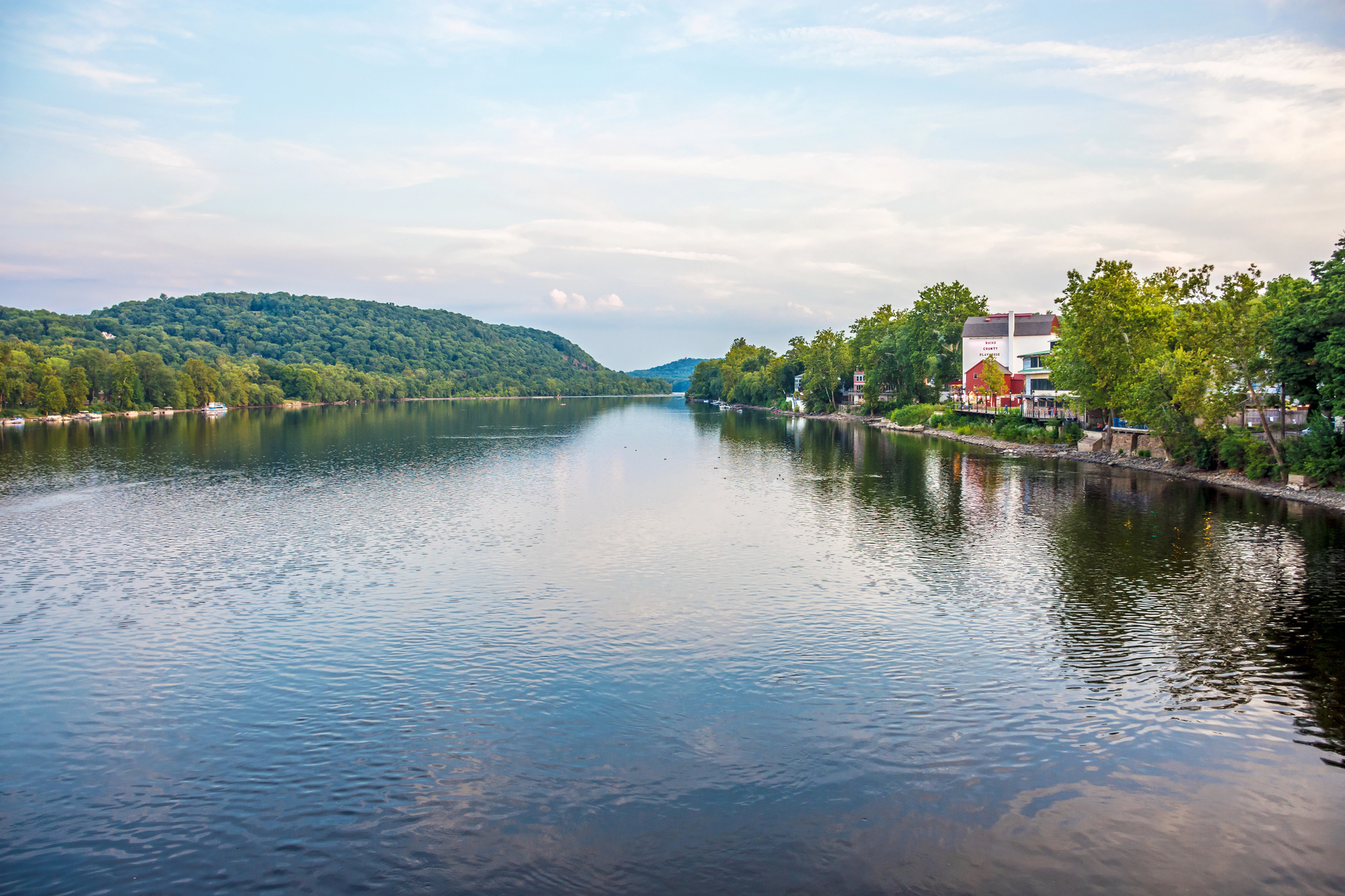
Georgetown predates Washington itself and once served as a crucial shipping point along the C&O Canal. The historic canal that helped build America’s capital city runs through the neighborhood, with the original towpath now serving as a peaceful walking route amid urban sophistication.
The restored Canal Boat Experience lets visitors travel back in time with a mule-drawn journey on the waterway.
Lockport, New York
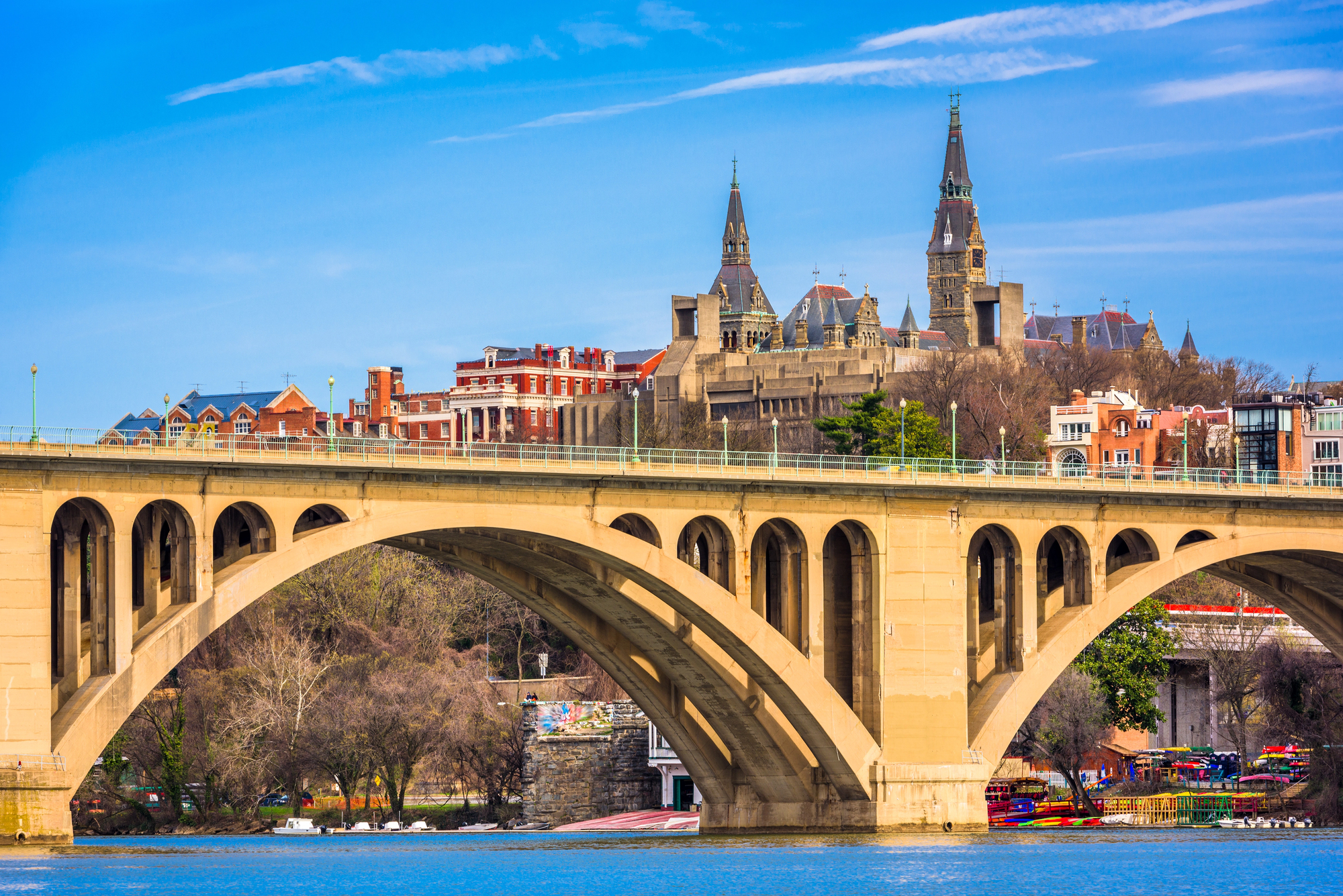
Lockport earned its name from the impressive “Flight of Five” locks that enabled boats to navigate the 60-foot change in elevation along the Erie Canal. The engineering marvel—composed of five sequential locks working in tandem—remains a testament to 19th-century ingenuity.
Underground boat tours through limestone caves carved by canal builders provide a fascinating glimpse into the waterway’s construction.
Like Travel Pug’s content? Follow us on MSN.
Augusta, Georgia
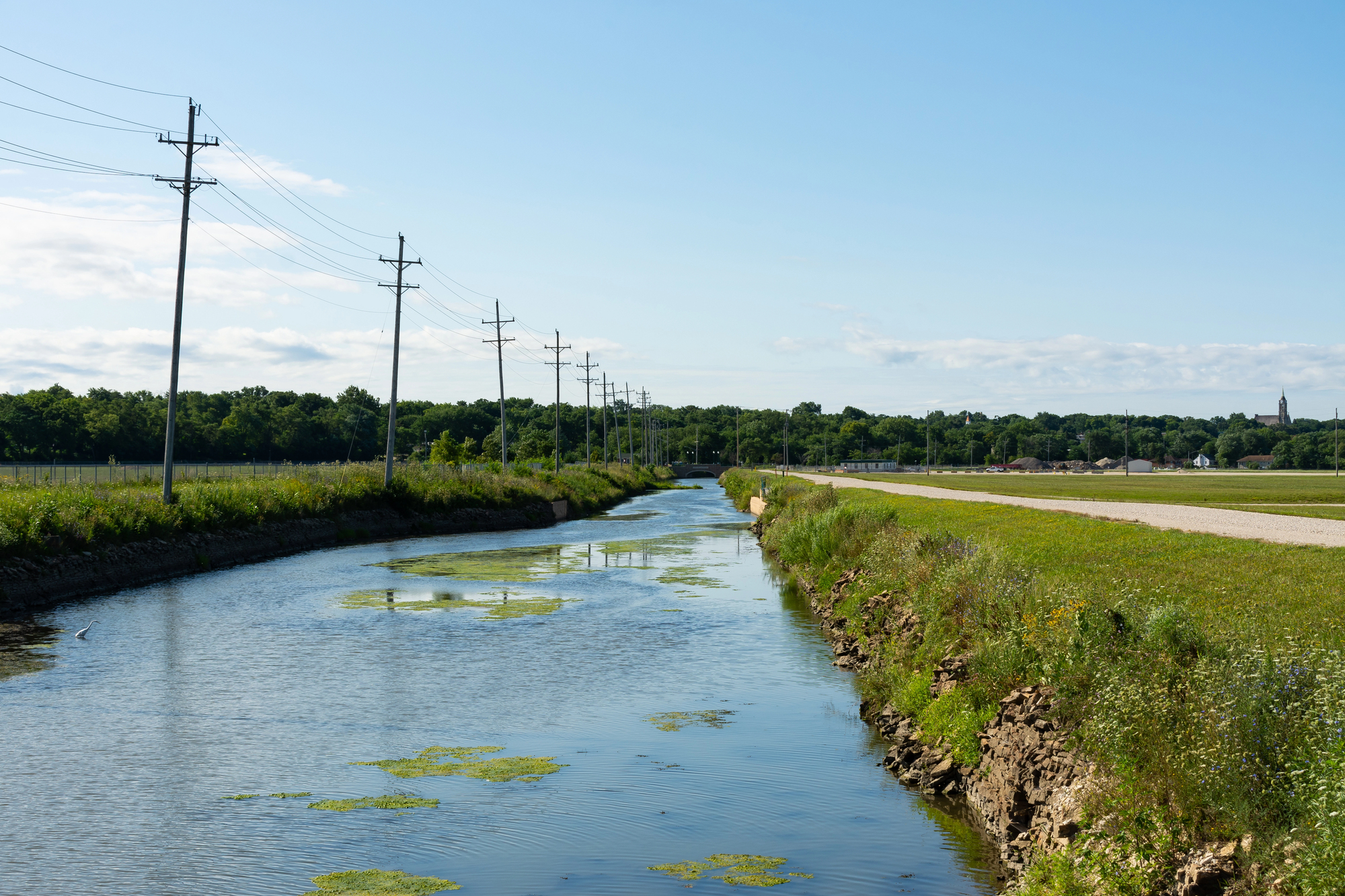
The Augusta Canal, built in 1845, transformed this city into an industrial powerhouse and stands as the only intact industrial canal from that era still in use today. The headgates and first level of the canal provide hydroelectric power while simultaneously creating a peaceful recreation area for paddlers and hikers.
The renovated Enterprise Mill houses an excellent canal museum, where working machinery demonstrates how water power revolutionized manufacturing.
Chesapeake City, Maryland
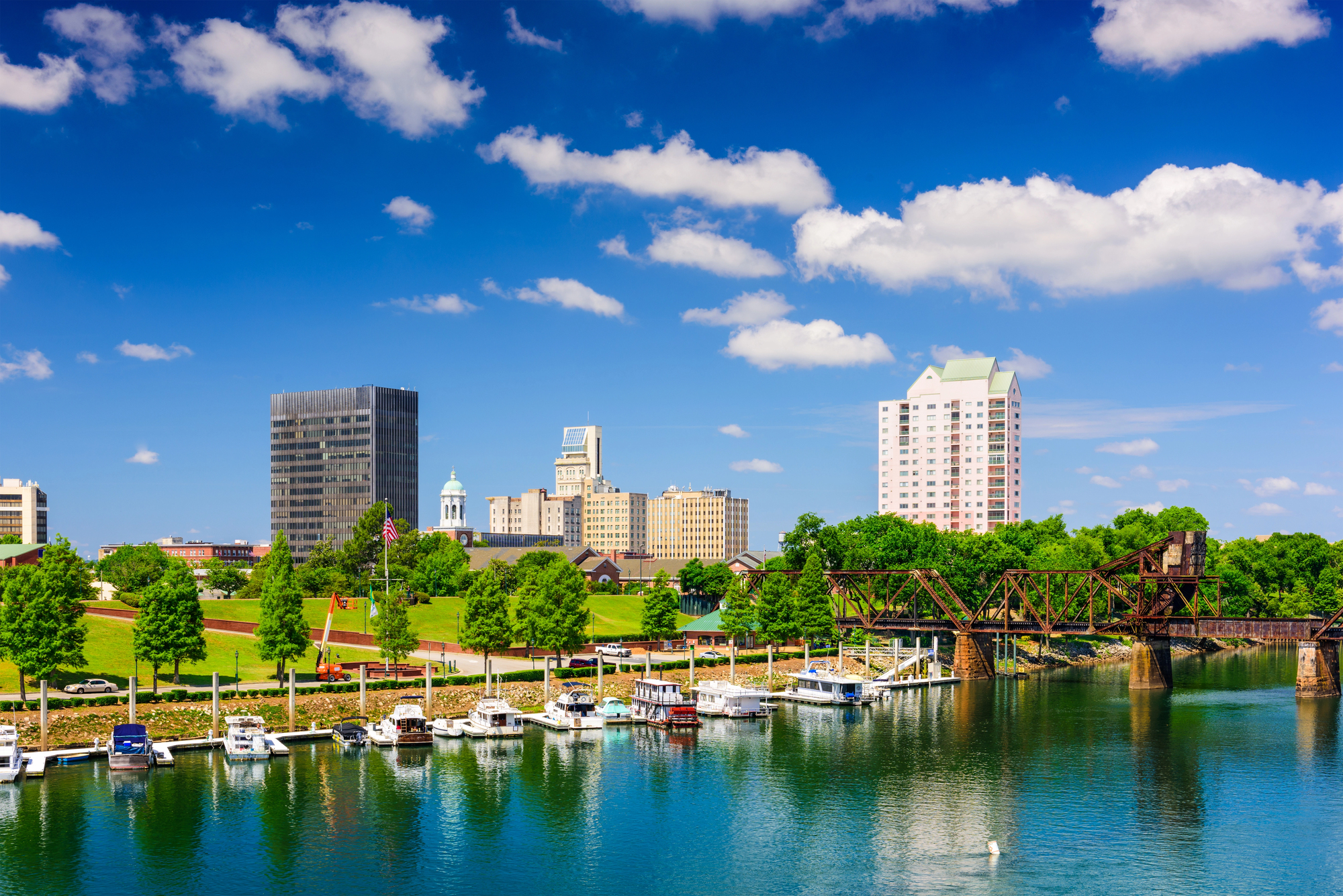
This charming town sits directly on the Chesapeake and Delaware Canal, with vessels of all sizes passing through the heart of the historic district. The town essentially exists because of the canal, with many homes and shops dating back to the waterway’s 1829 construction.
Watching massive ships navigate the narrow waterway just feet from outdoor dining areas creates an experience unlike anywhere else on the East Coast.
Metamora, Indiana
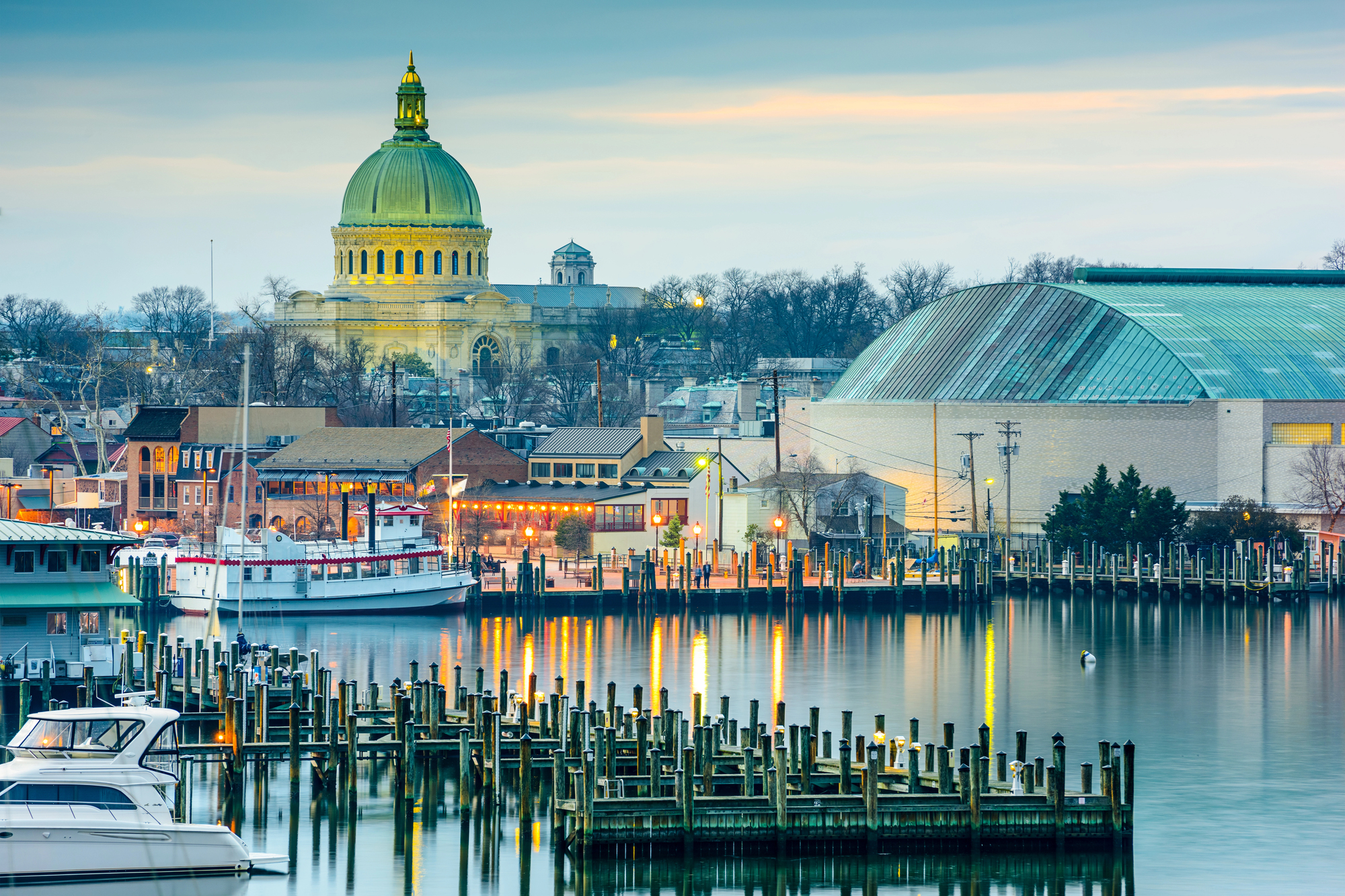
Time truly stands still in Metamora, where the Whitewater Canal Historic District preserves the only wooden aqueduct left in the United States. The restored canal boat ‘Ben Franklin III’ offers rides pulled by horses walking alongside the waterway, recreating authentic 19th-century transportation.
The working gristmill demonstrates how water power once served as the lifeblood of small communities across America.
Like Travel Pug’s content? Follow us on MSN.
Ottawa, Illinois
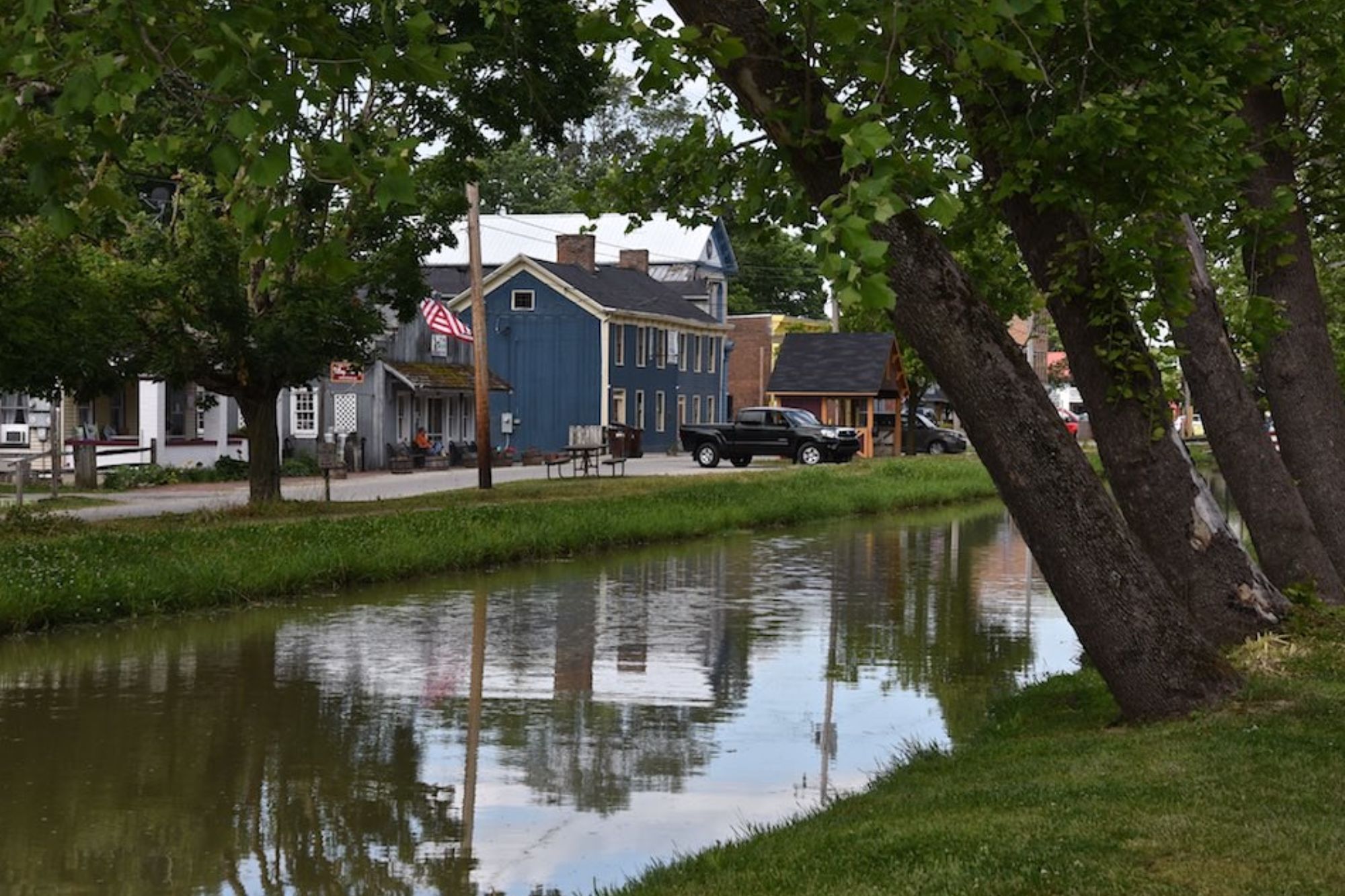
Positioned at the confluence of the Fox and Illinois Rivers, Ottawa served as the western terminus of the Illinois and Michigan Canal that connected the Great Lakes to the Mississippi River watershed. The I&M Canal Boat Ride takes visitors through original locks while interpreters explain how the waterway transformed Illinois from frontier to economic powerhouse.
The town’s well-preserved commercial buildings showcase the prosperity the canal brought to this river junction.
Lambertville, New Jersey
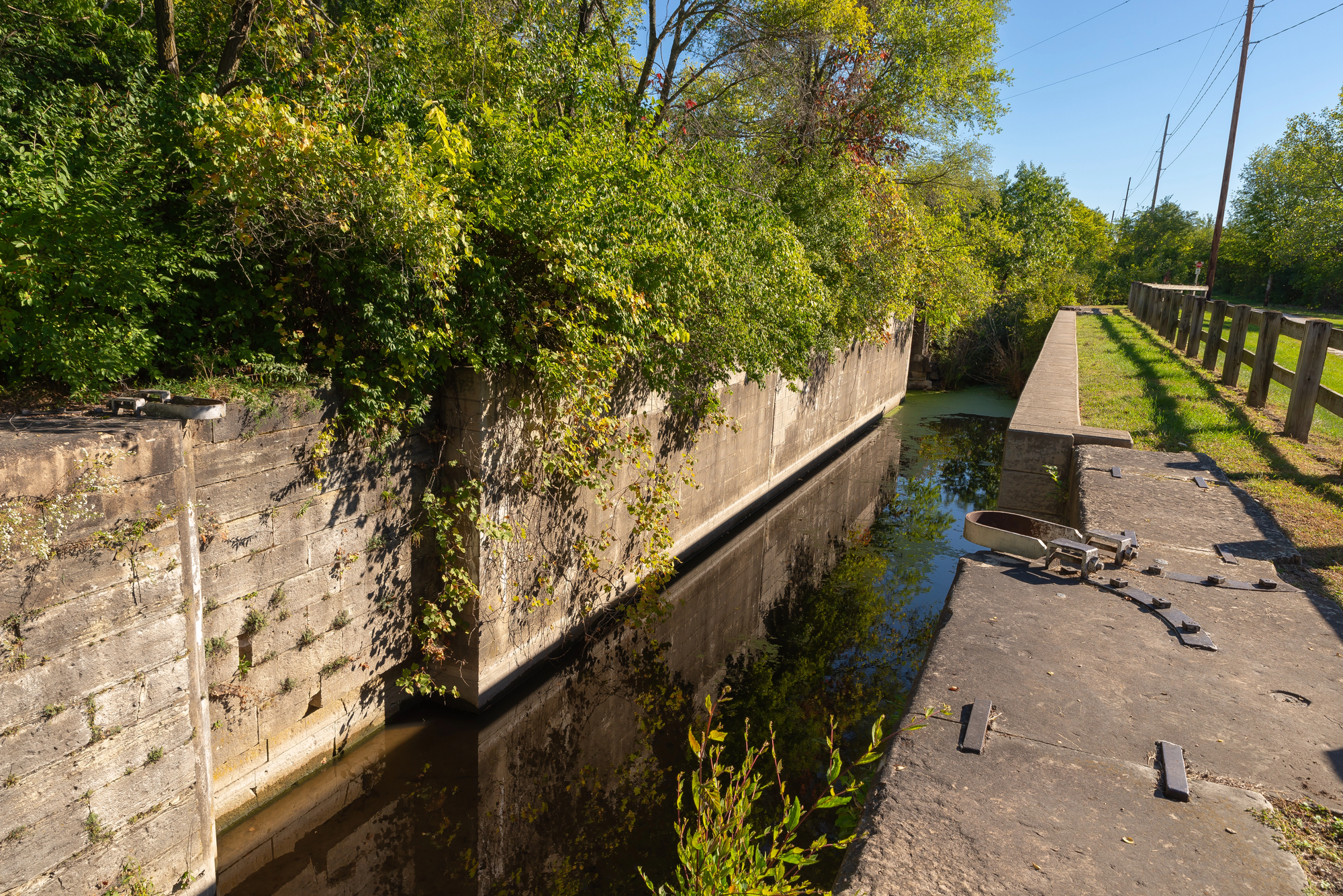
Situated across from New Hope on the Delaware River, Lambertville complements its Pennsylvania neighbor with equally appealing canal-side charm. The 19th-century architecture stands remarkably intact, with former warehouses and industrial buildings now housing antique stores and farm-to-table restaurants.
The Delaware and Raritan Canal towpath offers miles of scenic walking and cycling opportunities directly alongside the historic waterway.
Fairport, New York
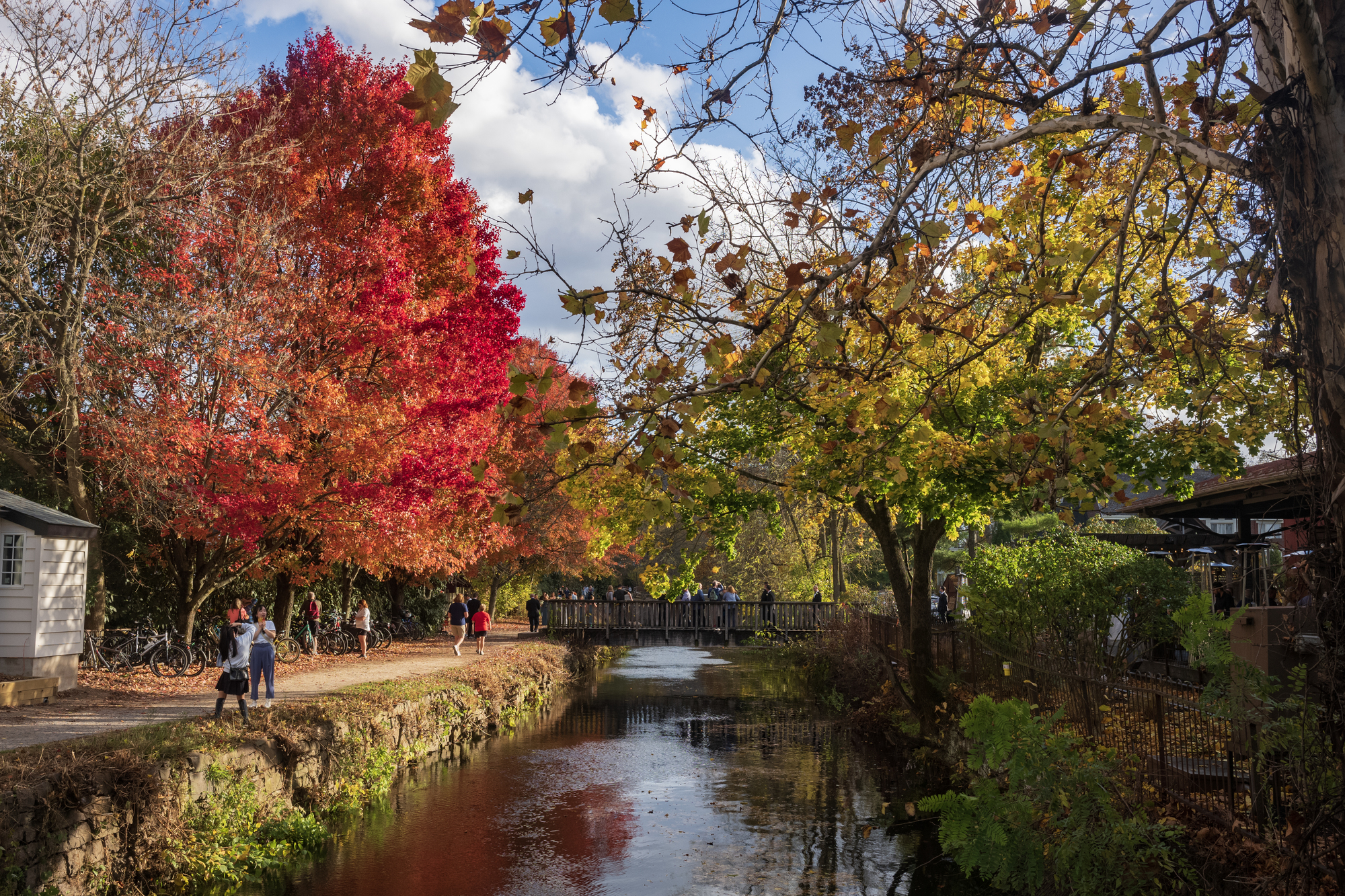
Often called the ‘Crown Jewel of the Erie Canal,’ Fairport enthusiastically embraces its waterfront heritage. The distinctive colonial lift bridge ranks among the canal’s most photographed features, rising frequently to allow boats passage through the heart of town.
Former industrial buildings now house breweries and cafés with canal-side patios where visitors can watch pleasure boats navigate the waterway that built New York state.
Like Travel Pug’s content? Follow us on MSN.
Cumberland, Maryland
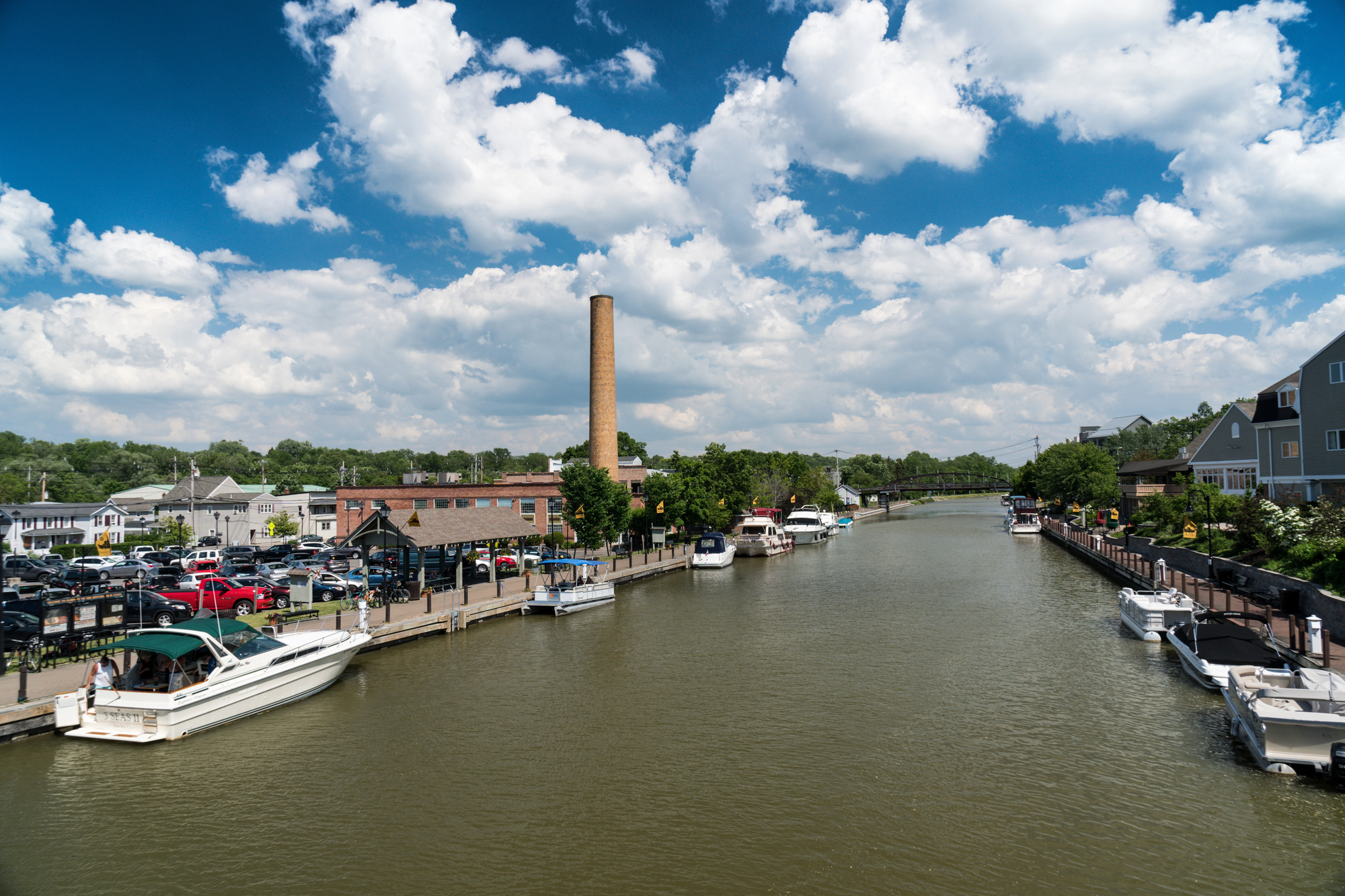
Cumberland marks the beginning of the Chesapeake and Ohio Canal, which stretches 184.5 miles to Washington, D.C. The Western Maryland Railway Station complex now serves as a visitor center detailing how the canal competed with—and ultimately lost to—railroad transportation.
The canal prism (channel) remains visible throughout the downtown area, offering a physical connection to the thousands of workers who dug the ambitious waterway by hand.
Seneca Falls, New York
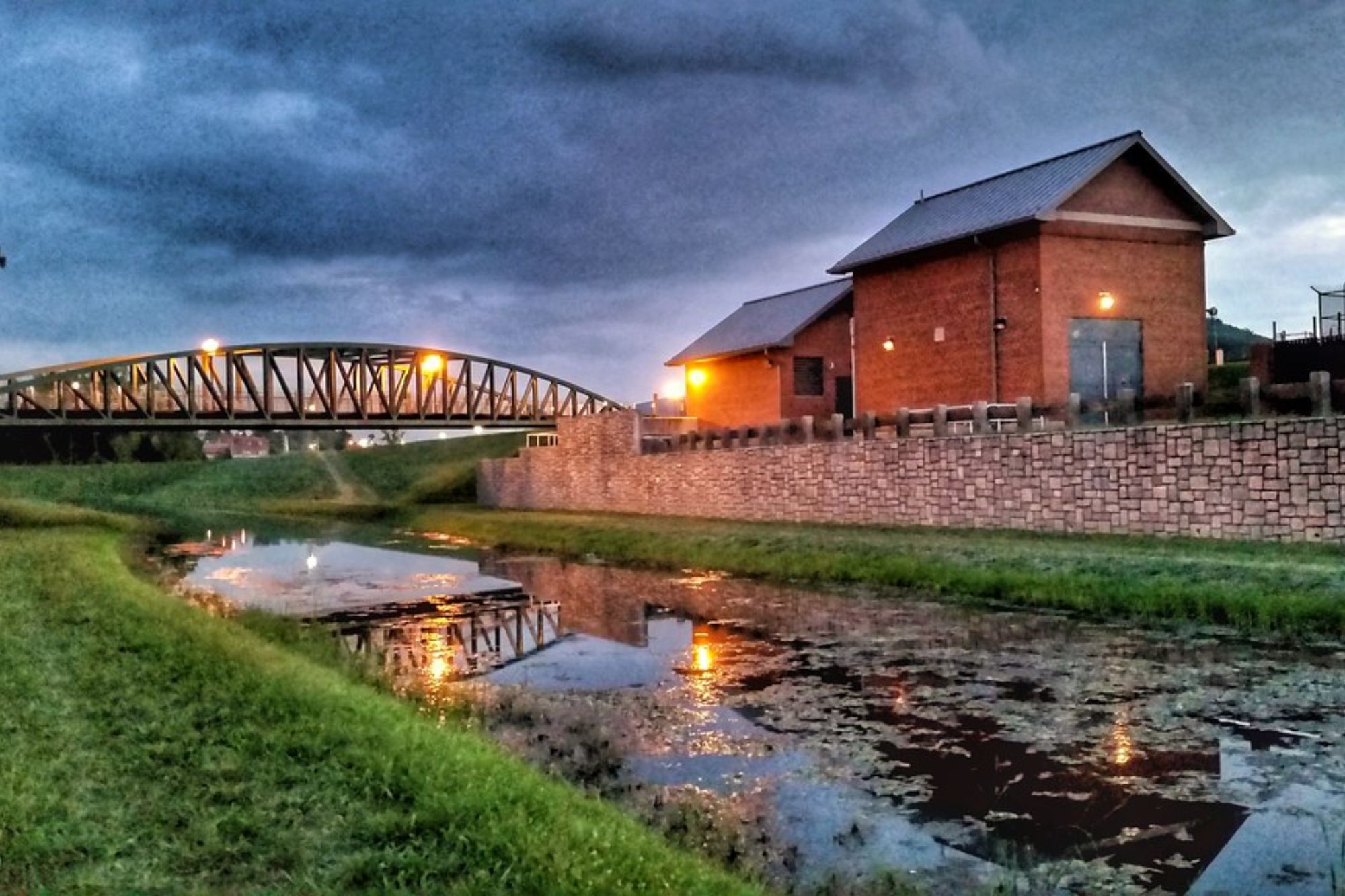
Beyond its renowned place in women’s rights history, Seneca Falls developed as a manufacturing center thanks to the water power and transportation provided by the Cayuga-Seneca Canal. The Seneca Falls Canal Harbor now welcomes recreational boaters and features an interpretive center explaining how canal access transformed small towns into industrial centers.
The iconic Bridge Street bridge inspired the famous bridge in ‘It’s a Wonderful Life,’ connecting the community across the historic waterway.
Bethlehem, Pennsylvania
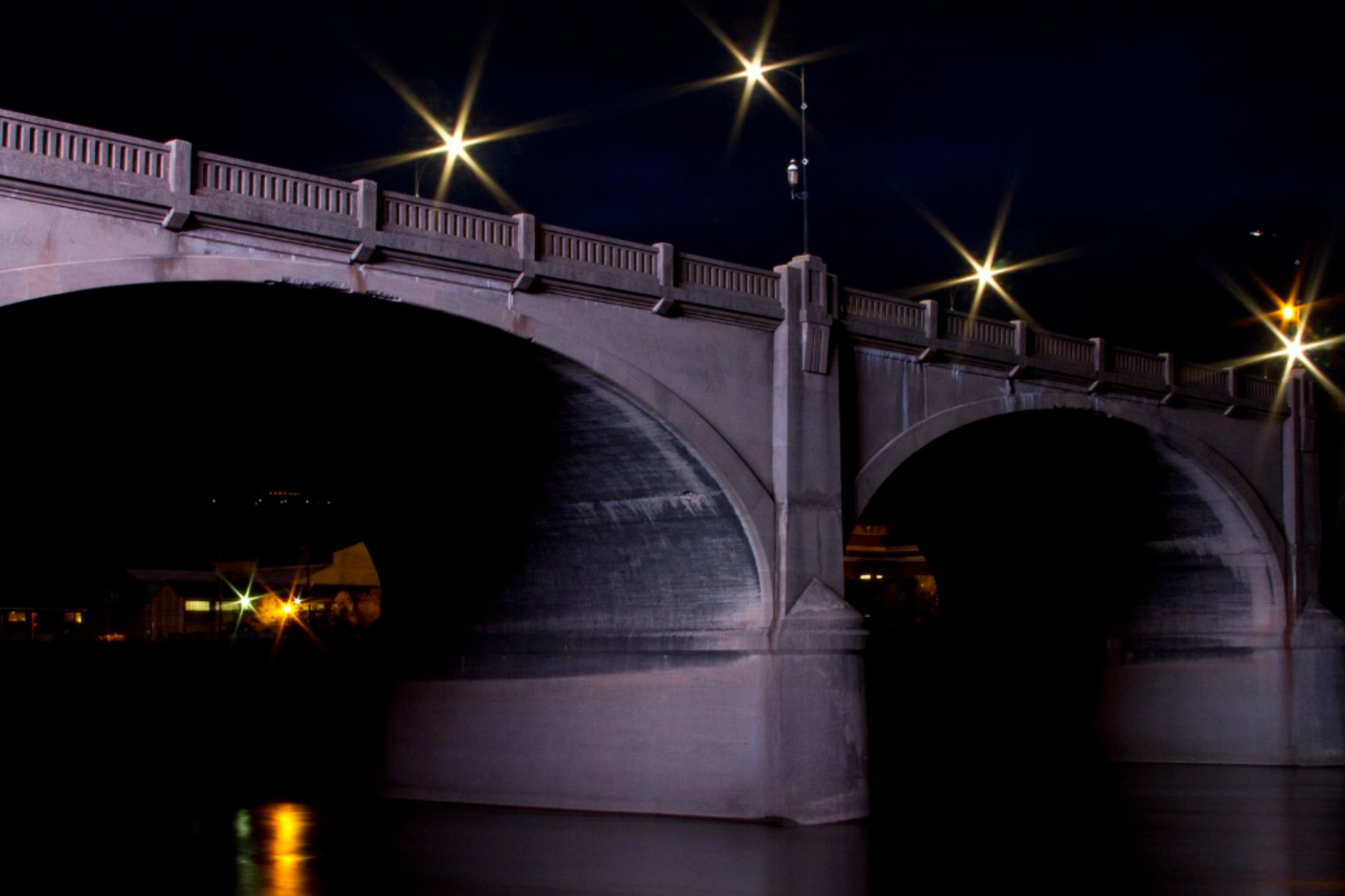
The Lehigh Navigation System (canal) cemented Bethlehem’s place in industrial history by transporting coal to the massive Bethlehem Steel plant, which operated for over 150 years. The towpath trail follows the waterway through the town, providing context for the enormous steel facility, which now houses arts venues and public spaces.
Heritage cruises along portions of the canal explain how this waterway literally fueled American industrialization.
Like Travel Pug’s content? Follow us on MSN.
Sault Ste. Marie, Michigan
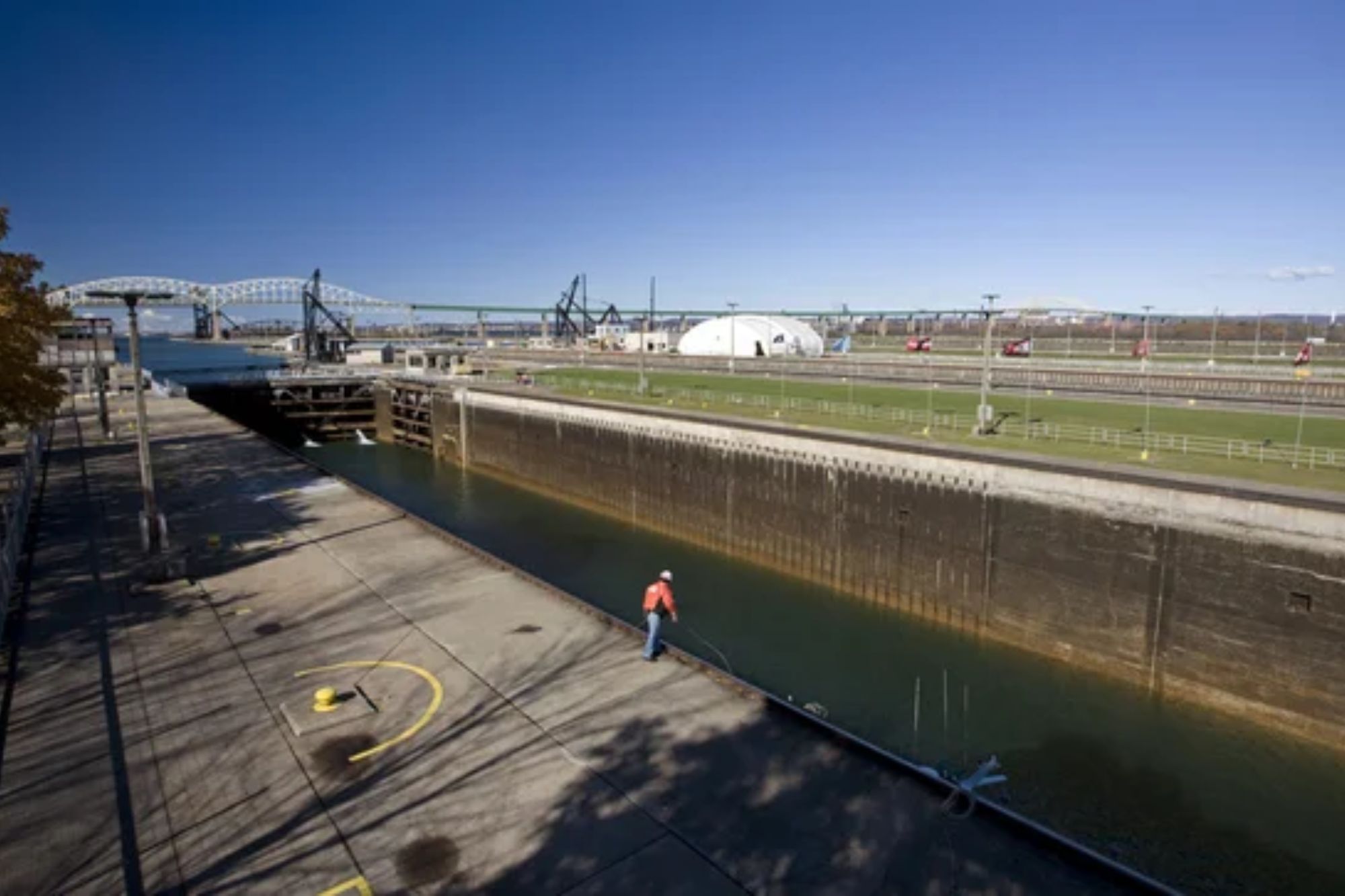
While technically a lock town rather than a canal town, ‘the Soo’ deserves inclusion for its incredible Soo Locks, which enable ships to navigate between Lake Superior and the lower Great Lakes. Watching enormous freighters rise or fall 21 feet within these engineering marvels provides an unforgettable experience.
The original State Lock from 1855 sits preserved alongside the modern system, showing how these crucial passageways evolved over generations.
Richmond, Virginia
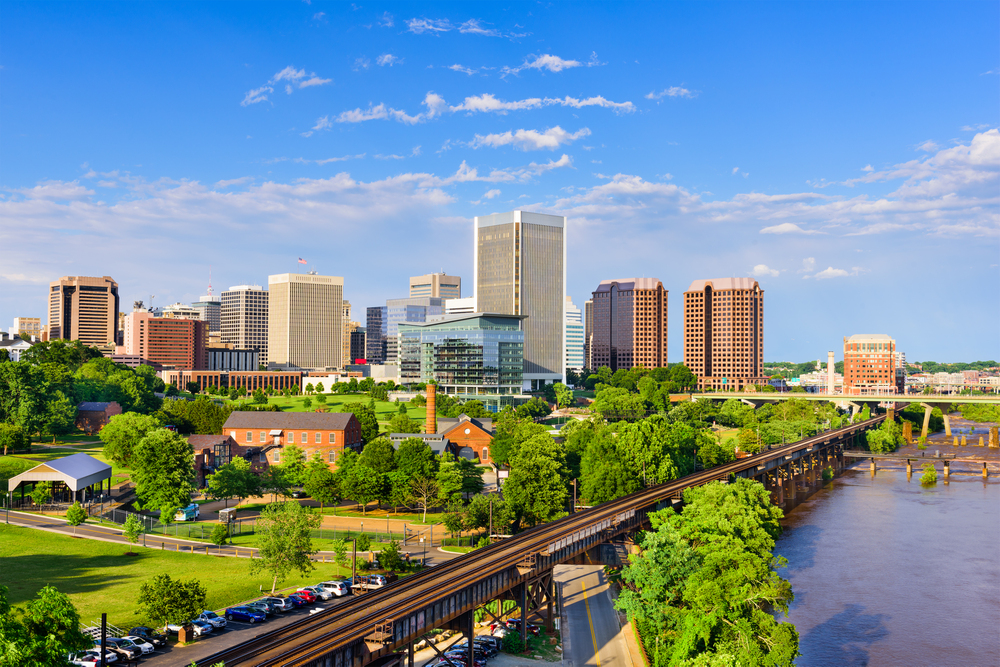
The James River and Kanawha Canal, championed by George Washington himself, transformed Richmond into a commercial hub connecting coastal and inland Virginia. The Canal Walk winds through downtown alongside restored portions of the historic waterway and features medallions explaining how the canal shaped Virginia’s development.
Former power plants and warehouses along the canal now serve as trendy restaurants and museums interpreting the waterway’s significance.
Savannah, Georgia
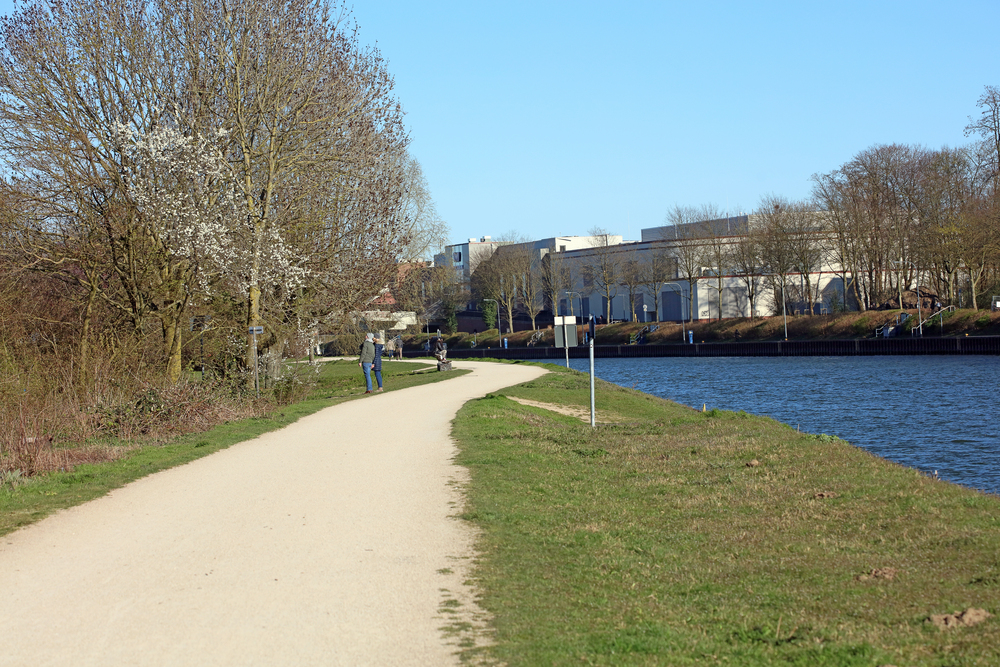
The Savannah-Ogeechee Canal represents one of the South’s major pre-Civil War transportation projects, connecting the city to agricultural areas inland. The preserved section includes four of the original five locks and showcases different construction techniques from timber to brick.
The nature trail following the canal corridor now offers visitors glimpses of diverse ecosystems alongside industrial archaeology rarely seen elsewhere.
Like Travel Pug’s content? Follow us on MSN.
San Antonio, Texas
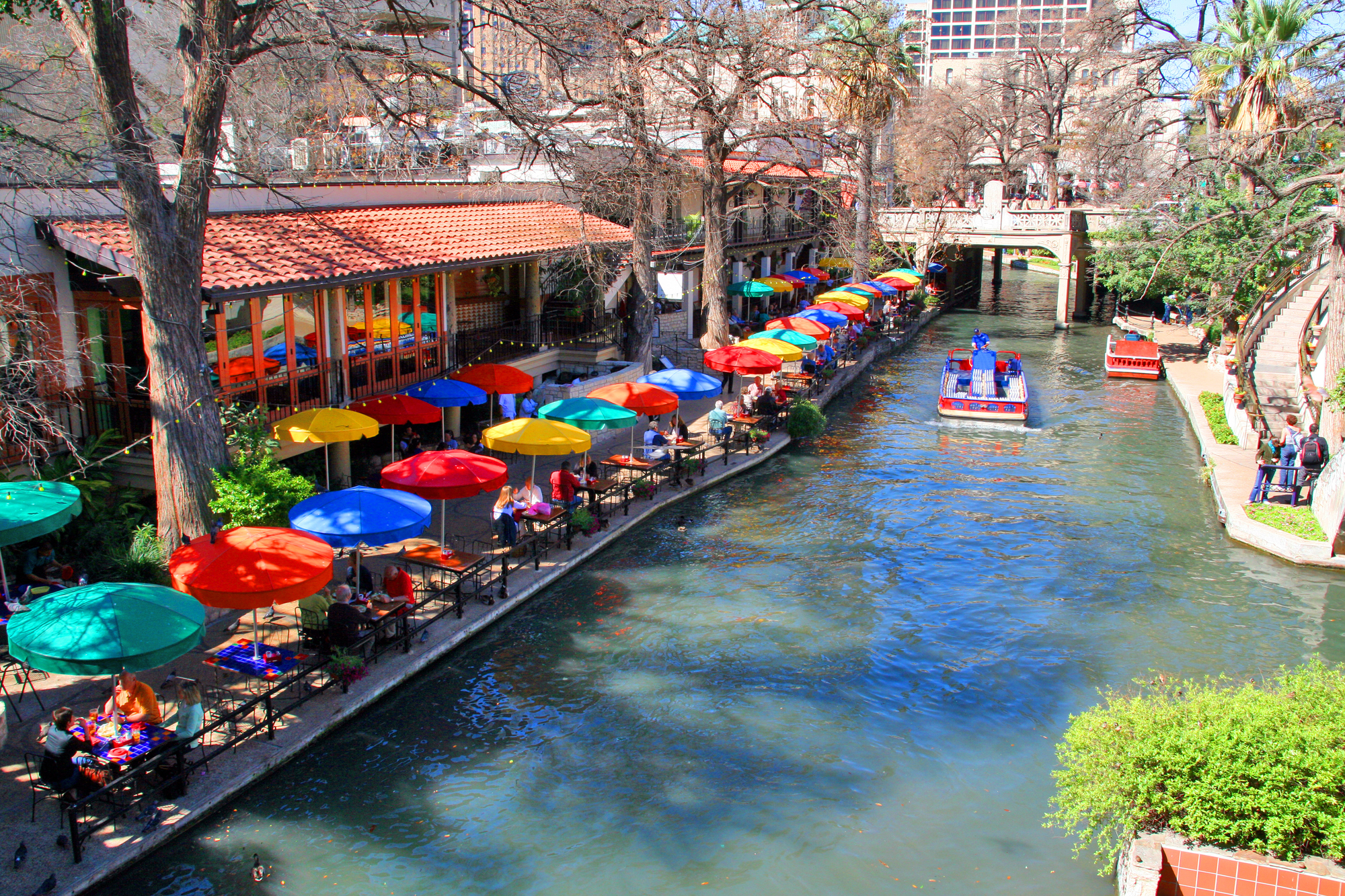
While not a traditional industrial canal, San Antonio’s River Walk evolved from a 1930s flood control project into one of America’s most beloved waterfront districts. The stone-lined canal provides access to historic missions, museums, restaurants, and shops through a network of pedestrian walkways and water taxis.
Recent extensions have reconnected the downtown canal segments with natural sections of the San Antonio River, creating a seamless blend of urban and natural environments.
Lowell, Massachusetts
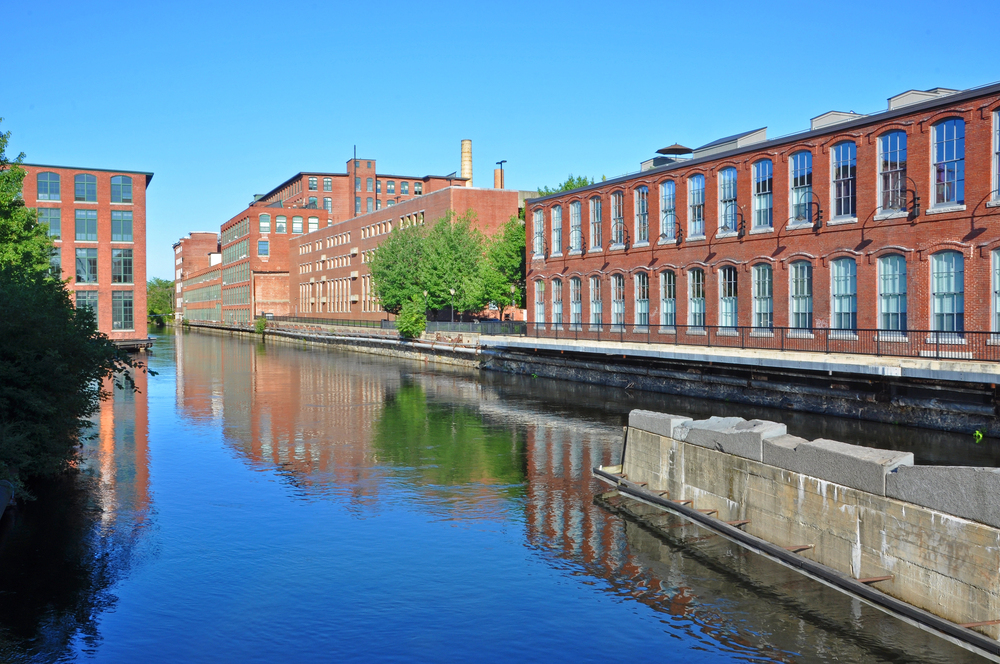
Lowell’s extensive canal system doesn’t merely run through town—it essentially created this planned industrial city from scratch. The 5.6-mile canal network powered massive textile mills that drove America’s industrial revolution in the early 19th century.
The Lowell National Historical Park maintains working waterways, including operational locks and gates that visitors can help operate during guided tours of this revolutionary water-power system.
Easton, Pennsylvania
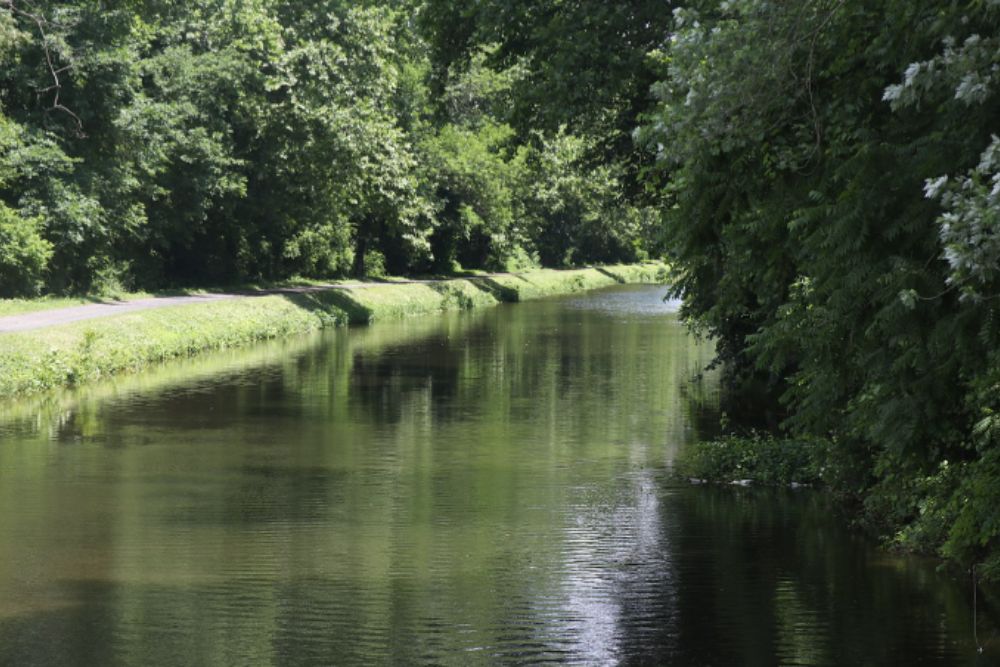
Positioned strategically at the confluence of the Delaware and Lehigh Rivers, Easton served as a crucial junction between two major canal systems. The National Canal Museum houses the largest collection of canal-related artifacts in America and offers mule-drawn canal boat rides that recreate the 19th-century experience.
The town’s Centre Square reflects the prosperity these waterways brought, with an impressive courthouse and market building dating to the canal era.
Like Travel Pug’s content? Follow us on MSN.
Coshocton, Ohio
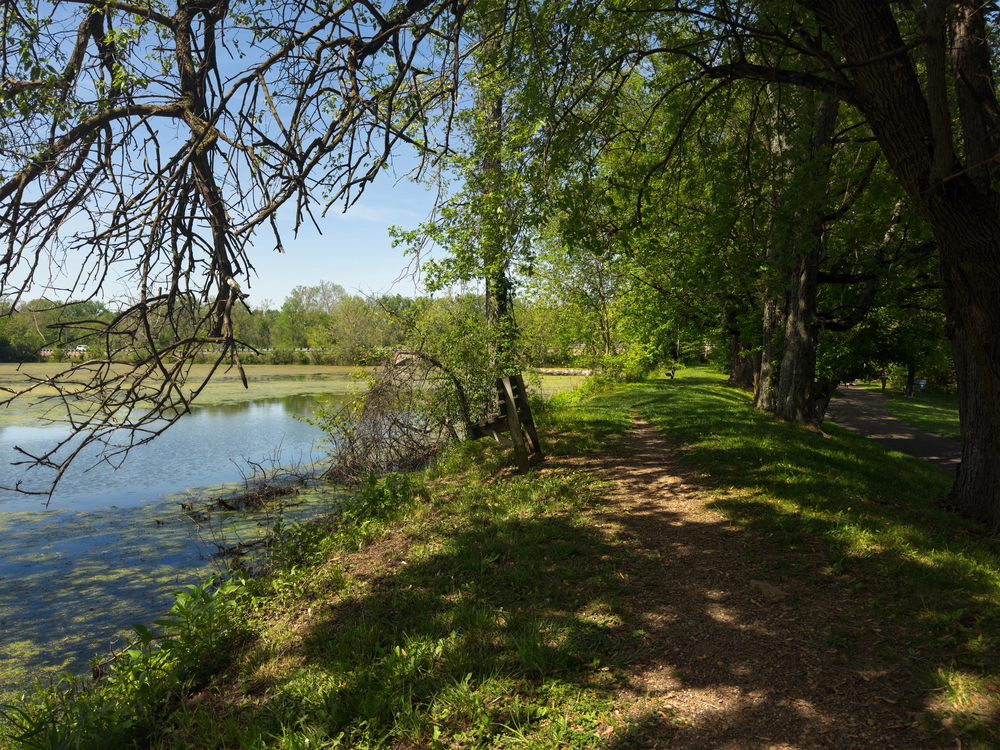
Coshocton preserves a rare three-mile section of the original Ohio and Erie Canal, complete with working locks and a restored warehouse. Roscoe Village, the restored canal-era town adjacent to the waterway, features costumed interpreters demonstrating trades and skills from the 1830s when this inland port bustled with activity.
Horse-drawn canal boat rides operate seasonally, offering an authentic glimpse into transportation before railroads connected Ohio communities.
Palmyra, New York
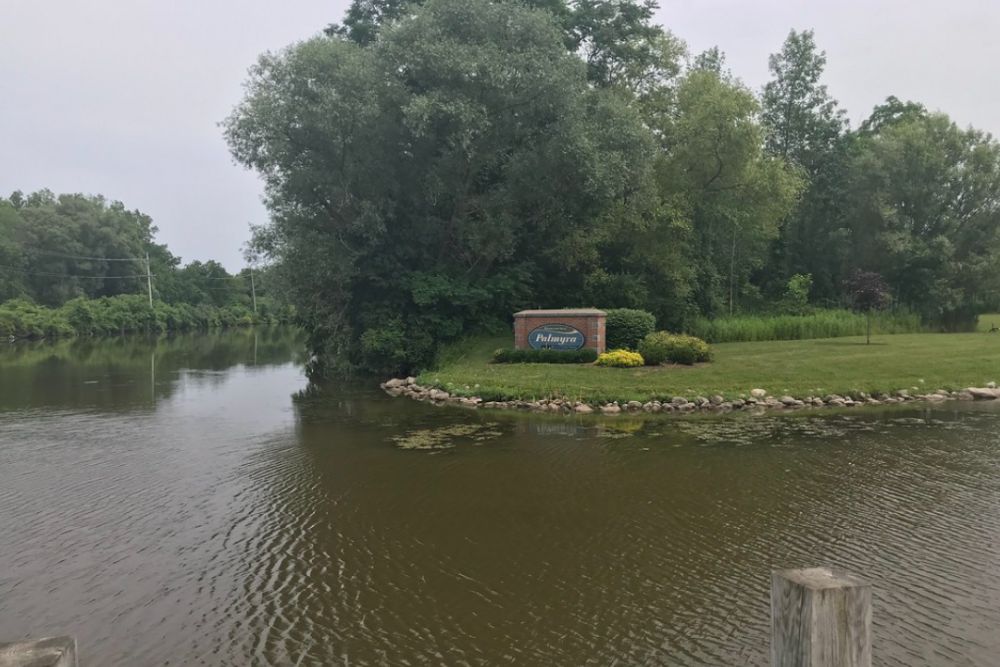
Known as the ‘Queen of the Canal Towns,’ Palmyra claims to have more original Erie Canal buildings intact than any other community along the waterway’s 363-mile route. Four remarkably preserved blocks of Federal and Greek Revival architecture stand essentially unchanged since the 1830s canal boom days.
The town embraces this legacy with Aqueduct Park, where remains of the original canal aqueduct demonstrate how engineers solved the challenge of crossing Ganargua Creek.
Final Destinations Along America’s Historic Waterways
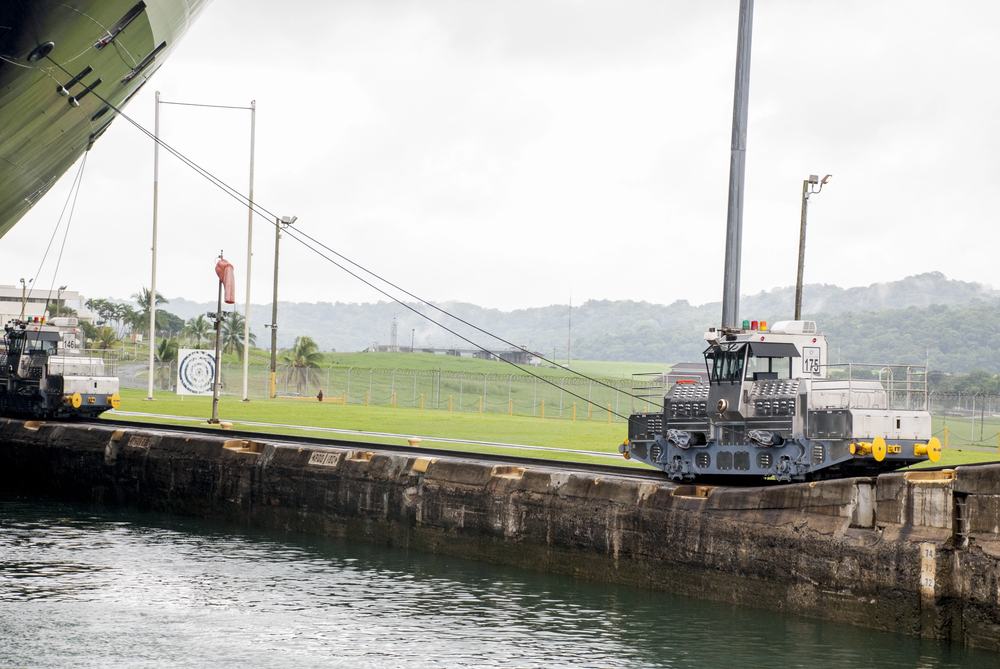
These canal towns represent more than just quaint destinations—they showcase the waterways that fundamentally shaped American geography, economy, and culture before railroads dominated transportation. Many communities that could have faded into obscurity after canals declined instead preserved their waterfront heritage, creating uniquely appealing destinations for modern travelers.
The slow pace and historic character of these towns provide perfect antidotes to hectic modern life, making them ideal weekend escapes where you can literally follow in the footsteps of the past.
More from Travel Pug

- Cities Growing so Fast You Won’t Recognize Them in 10 Years
- 13 Destinations Where Tourists Regularly Regret Their Trip
- 16 U.S. Cities That Are Quietly Becoming Travel Hotspots
- Where to Travel If You Love Long Bus Rides and Daydreams
- 20 Cities Perfect for Solo Travelers Who Crave Adventure & Culture
Like Travel Pug’s content? Follow us on MSN.
